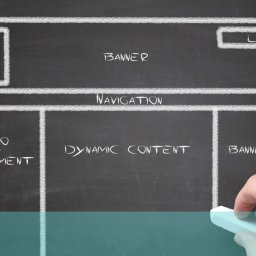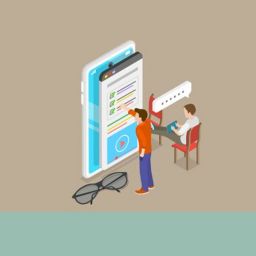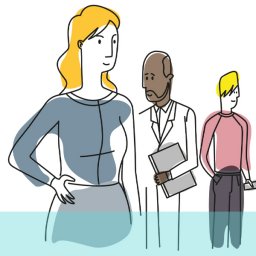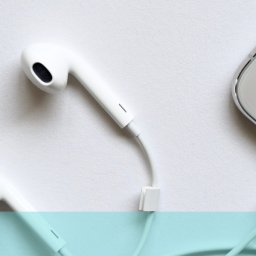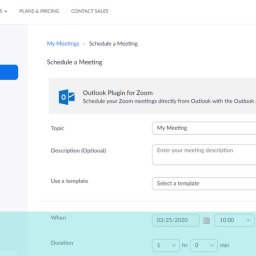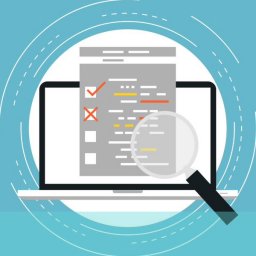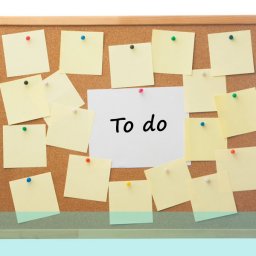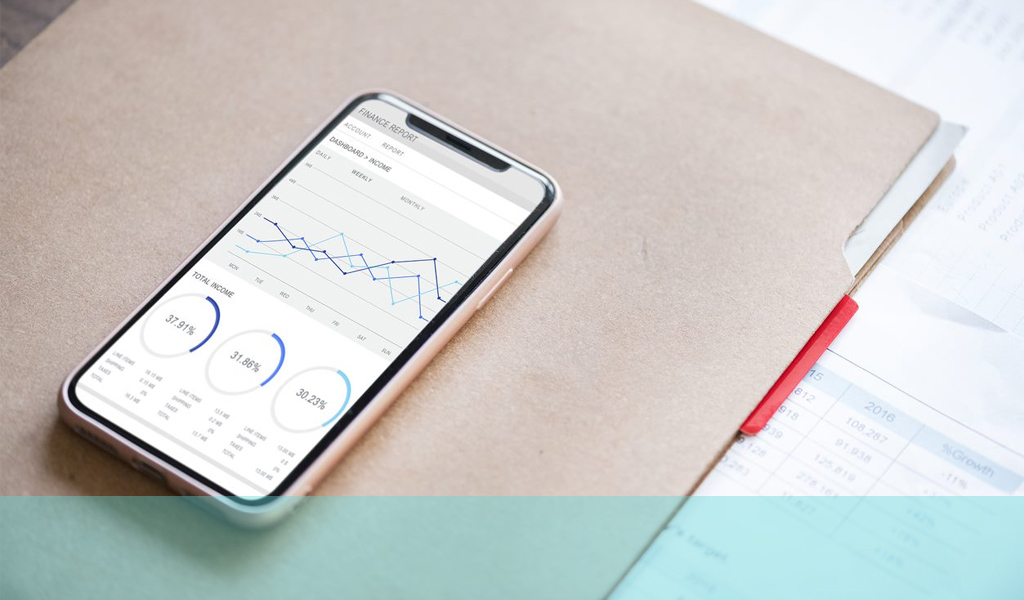
Success. Every business, no matter its size or operation, strives to do better: to come out above its competition, to capture more sales than last week, last month, or last year, to thrive instead of just getting by.
There are many avenues those businesses must pursue that, when carried out well, lead to the type of success we’re talking about. In the digital age, where your customers engage and buy through their tech more often than they do from walking into a store or picking up the latest catalogue, a business is only as good as its website, intranet, or app.
And that’s where a UX research agency can help.
What is a UX research company?
UX research consulting is big business, and it’s easy to see why. Gone are the days when we were happy to think our shop floors and websites looked good and that would be enough to encourage customers to spend.
Now, we expect our tech to deliver exceptional results, using every data-driven tool and practice we can muster. Of course, success is about numbers, so whatever psychology or scientific studies determine the best results, that’s what our businesses will get.
A UX research consultancy, agency, or company does all the data digging for you, uncovering precisely what each system needs to maximise user interaction and experience and, ultimately, keep them spending.
What is a UX research consultant?
Your UX consultant is responsible for each stage of research and analysis. They’re experts in planning and communication and understand exactly what the full range of UX tools bring to the table. They choose and utilise the best options for each situation, providing precisely what each system or product needs to deliver.
Are UX researchers in demand?
Success depends on data, which means providing evidence-based information that a business can use to design and build better, more efficient and enjoyable processes. Those who’ve experienced how much UX research consultants advance operations know that the value they bring is essential, putting the best in high demand across almost all industries.
What is usability research?
The only way to truly understand how your users and customers see and feel about your company and its processes is to conduct the proper research. It provides the real-life data you utilise to improve operations. It covers all kinds of practices, which we’ll discuss next, and is carried out by experts who understand how to get the best information from its participants, clients, and stakeholders.
How do you do usability research?
There are all kinds of practices involved in usability research. The more investigation you conduct, the more data you have to learn from, and the greater your chances of success.
Competitive Analysis – By investigating your competition, can you tell how well you’re performing? Evaluating competitor products, practices, and services helps uncover your operation’s strengths and weaknesses, revealing the areas to build on and those that need a complete overhaul.
User and Stakeholder Interviews – You’ll never know if you don’t ask. Sound familiar? To truly understand what users need and what your stakeholders expect from you, one of the oldest tried and tested ways is, quite simply, to ask. UX interviews, however, are far more searching these days. The required data is only identified by asking probing questions about workflow, mental models, pain points and opportunities to those who have experienced the system’s pleasures, pain points, and motivations.
Concept Evaluation – What do potential customers think about your new product or service? Only by asking the right questions to the correct demographic will you determine if a new line or product offers users a genuine solution they’re willing to pay for. Concept evaluation is vital for product validation before making the financial investments required to take it to market.
Contextual Inquiry – Monitoring your customers or users in their usual environments or asking detailed questions about how they operate in their everyday routines uncovers details about their process that you wouldn’t necessarily see in a laboratory or testing centre. What interruptions pause or derail the process? Where and how are they distracted? What makes them feel better about browsing, and where does their mind go during their journey through your sales funnels?
Diary Studies – A single interview offers excellent insight with the right questions. However, a diary study enhances and expands on your users’ feelings over different periods or specific time frames. Participants are encouraged to share information about problems, events, and activities and the emotions and feelings encountered during those processes. This data narrows audience response, exposing needs and areas that require improvement for specific tools or applications.
Ethnographic Research – Sometimes, a deeper understanding of a user’s environment is the only thing that can uncover certain practices, motivations, actions, or reactions. A design solution might not be apparent without seeing an issue in context, fully immersed in the user’s world.
Customer Experience Journey Mapping – How does your user get from A to B? During their UX journey, do they struggle at any point? Where are the touchpoints they’re most likely to leave? And which elements encourage them to get to the finish line? Mapping out the process with every step helps to visualise what each customer goes through. Can you make life easier for them? What about returning customers? Monitoring every touchpoint helps uncover the elements you might overlook without a UX journey map.
Strategy Workshops – Many of us struggle to get out of our own heads. What we know feels safe, and change can be frightening or overwhelming. Strategy workshops allow a safe space to dump the here and now and journey into how the future could look—however outrageous and ambitious. They’re a great way to brainstorm new opportunities in teams and groups of all sizes, determining the most effective solutions by strategic scoring and projected outcomes.
Design Workshops – Workshops are a great way to brainstorm solutions with UX experts, clients, and stakeholders. Structured explorations between team members with different goals and needs bring fresh ideas into the conversation, ideas that could uncover solutions to all kinds of problems. Likewise, considering data, critiques, identifying risks, or discussing new concepts and prototypes between a broader team brings a diversity of thought, raising further questions and alternative solutions.
Experience Prototypes – Experience prototypes typically explore real-world experiences and environments and how users interact with those spaces and their new services. How does a self-service till work in a retail outlet or a digital reception experience in a busy waiting room? How does a new smart appliance fit into a kitchen or living space? Monitoring and testing reactions within a realistic environment help uncover ideal touchpoints and flow states.
Vision Prototypes – Show, don’t tell. Every writer and English student has heard those words a thousand times, yet they’re just as relevant in UX prototyping. How does your system or operational vision look? You can use storyboards, journey maps, or digital interfaces to relay your hopes and concepts. As long as they show the ideas, journey options, and outcomes, they’ll be far easier to digest for your teams and also provide a clear picture for everyone to contemplate and work towards.
Future State Storyboards – Storyboards are ideal for presenting solutions in an easy-to-digest format. They simplify how the final result should look compared to how it looks right now, helping everyone get on the same page and head down the right path. Each storyboard projects how problems uncovered in each part of your research will resolve.
Service Design Blueprints – A diagram that reveals every customer step and touchpoint and the various processes that flow into them. They show what the customer sees and what goes on behind the scenes, often used alongside the customer experience journey map or as an extension. The service design blueprint is incredibly valuable when adding new stages or changes to a single section or department and how it affects the flow of the rest of the system or company.
Prototyping – Prototypes are designed to test new concepts, flows, practices, and solutions. From early-stage low-fidelity options using paper and card to latter-stage digital versions replicating a simplified finished product, each is excellent at uncovering flaws you wouldn’t spot without them. In addition, interactive prototypes help streamline functions, communication, and the feelings they invoke.
What does a UX design agency do?
You’ve dug deep into your existing or new product or process, looking into all the aspects of its user experience, consulting with research experts, conducting interviews, building prototypes, and uncovering all the crucial insights.
So, what do you do with them?
The next step is to build what you’ve learnt into your product. UX design consultants work with web designers, graphic designers, copywriters, and developers to produce the end product you need to maximise your customers’ experiences and boost sales.
What should you check for before choosing a UX design or research agency?
As with any business partnership, you need somebody with the knowledge and experience to deliver what you want.
You should search out an agency with positive, authentic reviews. Ask about their track record, their teams, how their testing and typical research model could work for you, and how they think they’d tailor their services to your needs and situation.
When clients become partners
Ideally, you’re looking for a partner to share your hopes and ambition, not just someone ready to operate a set of pre-determined tools. Seeing how they achieved the goals of other clients will paint a picture of their involvement, motivation, and enthusiasm, so real case studies are another great way to judge their strengths.
If you would like to know more about how UX24/7 can help you improve your business succeed, email us at hello@ux247.com.



